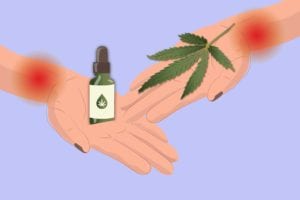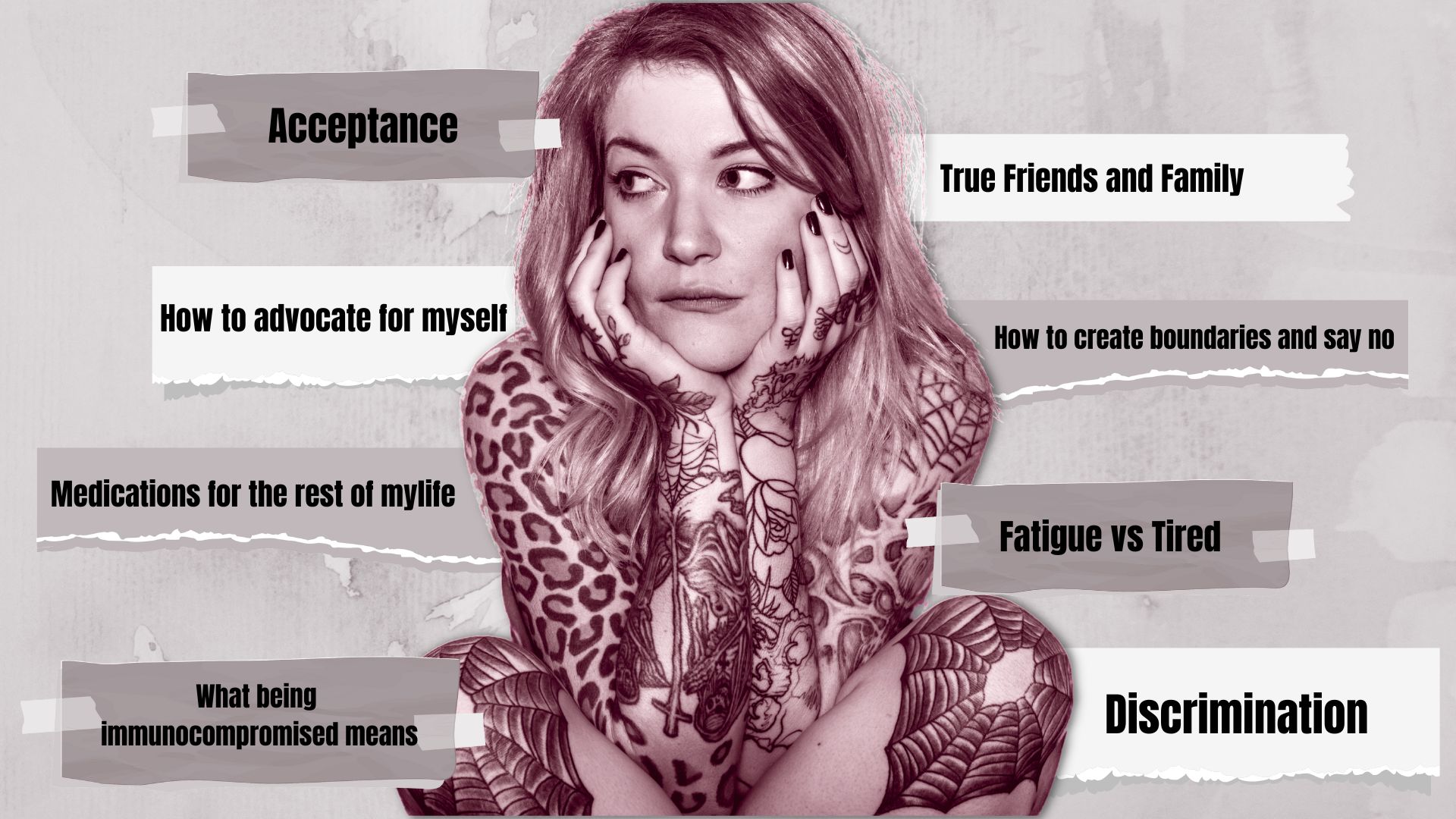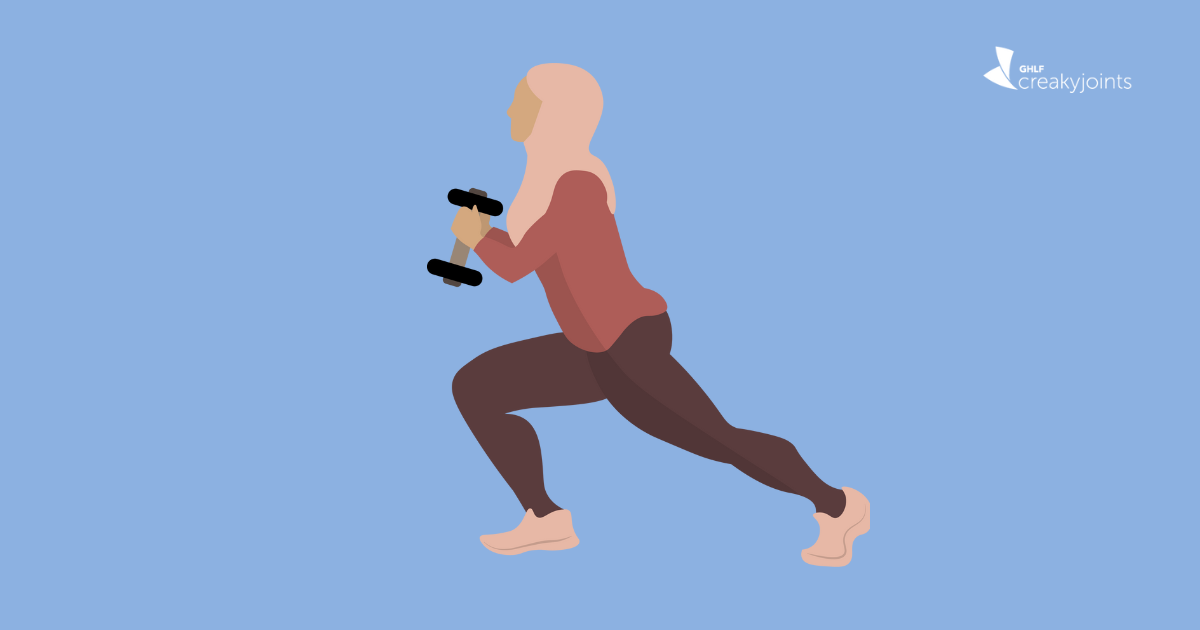People with arthritis and other chronic musculoskeletal pain are increasingly turning to cannabis products for relief from different symptoms, such as pain, fatigue, insomnia, and anxiety. In fact, a recent CreakyJoints survey of people with arthritis found that more than half had tried marijuana or CBD for a medical reason.
While cannabis plants are complex and different varieties have different chemical compositions, almost all of them contain some combination of two medically important compounds: tetrahydrocannabinol (THC) and cannabidiol (CBD).
THC is responsible for that “high” that people get from marijuana, which may also play a role in pain relief. CBD doesn’t usually cause an intoxicating feeling, but research suggests it, too, may help ease arthritis symptoms.
These two chemicals both show potential in easing pain, but in different ways. Choosing a product rich in THC, CBD, or both could make a difference in the kind of pain relief you experience — if any. (Here are reasons your CBD product might not be working for you.)
Here’s what experts say about the differences between THC and CBD for pain relief.
How THC and CBD May Offer Pain Relief
CBD and THC activate different cannabinoid receptors in your body that can stimulate or inhibit brain chemicals and cause certain effects.
“We know a lot more about how THC works in terms of the molecular mechanism [than CBD],” says Steve Alexander, associate professor of molecular pharmacology at the University of Nottingham Medical School, who researches cannabinoids.
“THC activates certain cannabinoid receptors, one of which is in the nerve cells and the other is in the immune cells. When it activates the one in the nerve cells, it reduces the sensation of pain,” he adds.
The high that THC provides can also play a role in how people experience pain. “A little bit of euphoria can help us not care that we’re experiencing quite as much pain, much in the same way that other pain medications work,” says Angela D. Bryan, PhD, professor of psychology and neuroscience at the University of Colorado Boulder, who has studied cannabis and health.
CBD is much less understood than THC by researchers, although there is anecdotal evidence that it may provide pain relief in some people.
“We’ve got a hypothesis that CBD might have some interference with [the brain chemical] serotonin and some influence on glycine receptors, which may be involved with pain. We think it may do what it does by hitting multiple targets with a fairly light touch,” says Dr. Alexander. “It’s difficult to pick apart — lots of people are trying [to study it], but no one has yet succeeded.”
Researchers have not found much evidence that CBD can offer mental relief from pain. However, the placebo effect may help some individuals experience less pain after taking CBD.
“The human mind is a very powerful thing, and a lot of the ways we experience medication is related to our expectancies about that medication,” says Dr. Bryan.
How CBD Can Help with Anxiety
Scientists suspect that CBD may help relieve anxiety, though. That, in turn, could affect someone’s perception of pain and potentially make them more comfortable. The research is still developing, though, and it’s too early to draw anything conclusive.
“We know that chronic pain patients also have a number of other morbidities, like stress, anxiety, and depression. I’m interested in the possibility that cannabidiol might also have mechanisms by which we can relieve some of those additional problems,” says Dr. Alexander.
That said, CBD may offer pain relief in more physical ways. It seems to show promise in reducing inflammation, which could provide pain relief from autoimmune diseases like rheumatoid arthritis, says Dr. Bryan.
The bottom line: THC seems to have a greater effect on the way the mind perceives pain, whereas CBD may work to ease pain at the local source.
Which Is Better for Pain Relief: THC or CBD?
There’s no definitive answer to the debate between THC and CBD for pain relief. Cannabis is still considered a Schedule 1 drug by the federal government — a legal status that limits the kinds of research that can be conducted.
Using the current research available, Dr. Bryan says she believes that a combination of THC and CBD together shows the most promise for pain relief.
“To the extent that we have good data, it’s unlikely that either THC or CBD on its own is going to be particularly effective for pain. It probably needs to be a combination of the two,” she explained. “We’re totally speculating at this point, but the way they work together might be that CBD has anti-inflammatory properties while THC has properties that can help us better cope with pain.”
CBD and THC: Side Effects and Legal Concerns
THC might not be an option for everyone, though. Some people may live in states where THC is illegal; while others simply don’t want the psychoactive effects of the substance. In those cases, it might be worth trying CBD on its own to see if it offers pain relief for you.
CBD isn’t legal everywhere either. And in states where CBD is legal, laws can vary as to how much THC is permissible in CBD products in order for them to be legally sold. Many states in which certain CBD products are legal require them to contain less than 0.3 percent THC.
Before trying either substance, it’s worth considering potential side effects they may cause. Side effects of CBD include nausea, fatigue, and irritability, according to Harvard Health. CBD can also interact with certain medications (such as blood thinners) and either increase or decrease the concentration of certain drugs in the bloodstream.
THC has its own set of side effects, including sleepiness and lethargy, increased appetite, increased heart rate, coordination problems, dry mouth, red eyes, slower reaction times, memory loss, anxiety, and mood changes.
“It’s quite likely that individuals will respond to different versions of these cannabinoids, and some may not respond at all,” says Dr. Alexander. “There’s a tendency for anecdotal evidence to highlight the positives of people who do respond [to CBD], which is useful, but it’s difficult to measure the numbers of people who don’t get a lasting benefit.”
If you’re interested in trying CBD or THC to manage your pain, talk to your doctor and experiment to see whether CBD or THC (or both) relieves some pain.
You can also learn more in a new, free course on the health effects of THC and CBD, created by Kent Hutchison, PhD, professor of psychology and neuroscience at the University of Colorado in Boulder.
“Start with low doses and go slowly to find out what works for you,” says Dr. Alexander. “I find it difficult to believe that there is one version of cannabis or CBD that will be best for everyone.” Learn more here about how to find your optimal CBD dose.
Keep Reading
If you enjoyed reading this article, you’ll love what our video has to offer.






